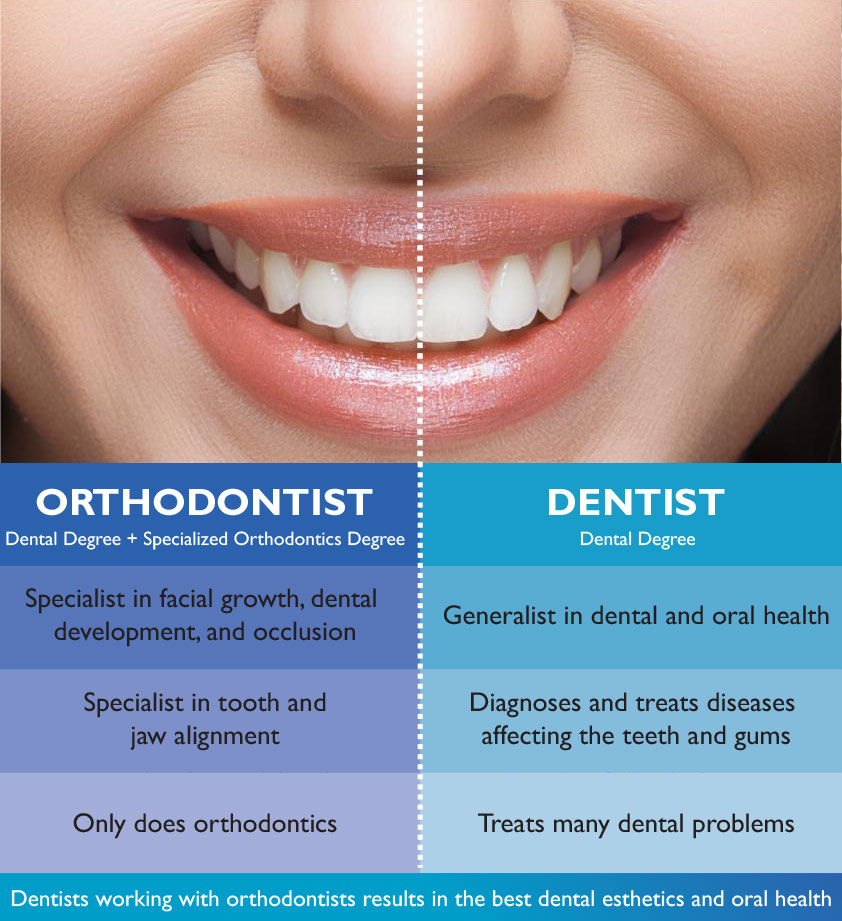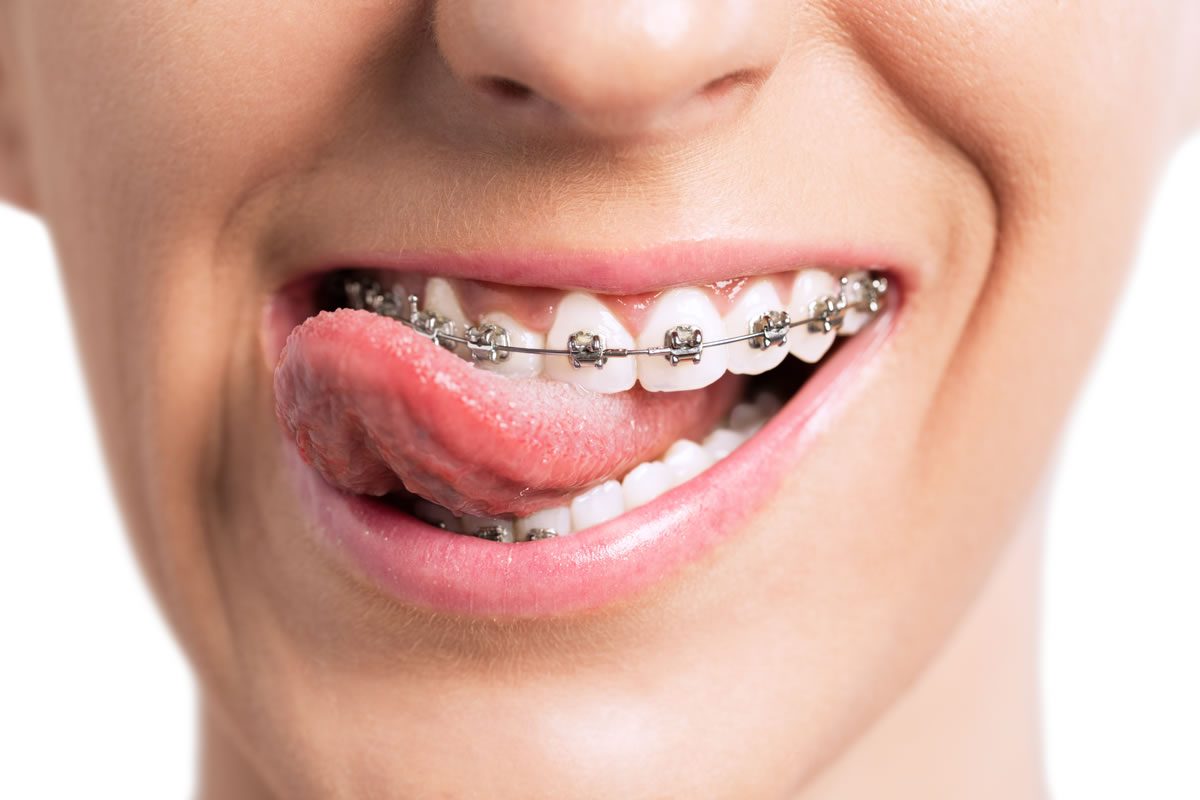The Best Guide To Causey Orthodontics
Wiki Article
Everything about Causey Orthodontics
Table of ContentsThe Ultimate Guide To Causey OrthodonticsNot known Incorrect Statements About Causey Orthodontics Some Of Causey OrthodonticsNot known Details About Causey Orthodontics The Ultimate Guide To Causey Orthodontics
Disregarding occlusal connections, it was common to remove teeth for a range of oral problems, such as malalignment or congestion. The idea of an intact dentition was not extensively valued in those days, making bite connections appear unnecessary. In the late 1800s, the idea of occlusion was important for producing dependable prosthetic substitute teeth.As these principles of prosthetic occlusion advanced, it came to be a very useful device for dental care. It was in 1890 that the job and impact of Dr. Edwards H. Angle began to be felt, with his contribution to modern-day orthodontics especially notable. Focused on prosthodontics, he instructed in Pennsylvania and Minnesota prior to guiding his attention towards oral occlusion and the therapies required to preserve it as a normal condition, therefore ending up being understood as the "father of contemporary orthodontics".

The idea of excellent occlusion, as postulated by Angle and incorporated right into a category system, made it possible for a shift in the direction of treating malocclusion, which is any variance from regular occlusion. Having a full collection of teeth on both arcs was extremely searched for in orthodontic treatment because of the demand for precise connections between them.
All about Causey Orthodontics
As occlusion became the crucial priority, face proportions and looks were overlooked - orthodontist near me. To accomplish optimal occlusals without making use of external forces, Angle proposed that having excellent occlusion was the best method to obtain optimal facial aesthetics. With the death of time, it came to be quite apparent that even a remarkable occlusion was not suitable when taken into consideration from a visual factor of sightIt came to be apparent that orthodontic treatment might change mandibular development, bring about the formation of functional jaw orthopedics in Europe and extraoral force measures in the United States. These days, both useful appliances and extraoral gadgets are applied around the world with the purpose of amending growth patterns and kinds. Seeking true, or at the very least improved, jaw partnerships had actually become the major objective of treatment by the mid-20th century.
The Causey Orthodontics Ideas
 The American Journal of Orthodontics was developed for this purpose in 1915; prior to it, there were no clinical purposes to comply with, nor any type of accurate classification system and braces that lacked features. Up until the mid-1970s, dental braces were made by wrapping metal around each tooth. With improvements in adhesives, it became feasible to instead bond steel braces to the teeth.
The American Journal of Orthodontics was developed for this purpose in 1915; prior to it, there were no clinical purposes to comply with, nor any type of accurate classification system and braces that lacked features. Up until the mid-1970s, dental braces were made by wrapping metal around each tooth. With improvements in adhesives, it became feasible to instead bond steel braces to the teeth.This has actually had significant impacts on orthodontic treatments that are administered on a regular basis, and these are: 1. Correct interarchal connections 2. Appropriate crown angulation (idea) 3.
The benefit of the style exists in its bracket and archwire mix, which needs only very little cable flexing from the orthodontist or medical professional (orthodontist services). It's aptly called after this feature: the angle of the port and density of the bracket base ultimately establish where each tooth is situated with little need for additional control
The Best Guide To Causey Orthodontics
Both of these systems employed similar braces for every tooth and necessitated the bending of an archwire in 3 airplanes for finding teeth in their desired placements, with these bends determining supreme placements. When it concerns orthodontic home appliances, they are split into two types: detachable and repaired. Removable appliances can be taken on and off by the person as called for.
Thus, mostly all contemporary set home appliances can be considered variants on this edgewise appliance system. Early 20th-century orthodontist Edward Angle made a significant contribution to the globe of dental care. He created 4 distinct device systems that have been made use of as the basis for numerous orthodontic therapies today, barring a couple of exceptions.
Some Ideas on Causey Orthodontics You Should Know

The cable ended in a string, and to move it ahead, an adjustable nut was utilized, which enabled a boost in circumference. By ligation, each specific tooth was connected to this large archwire (Causey Orthodontics). Because of its limited series of motion, Angle was not able to achieve specific tooth positioning with an E-arch
These tubes held a firm pin, which could be rearranged at each appointment in order to relocate them in position. Referred to as the "bone-growing appliance", this gizmo was theorized to motivate much healthier bone growth as a result of its potential for transferring pressure directly to the roots. Implementing it verified troublesome in truth.
Report this wiki page